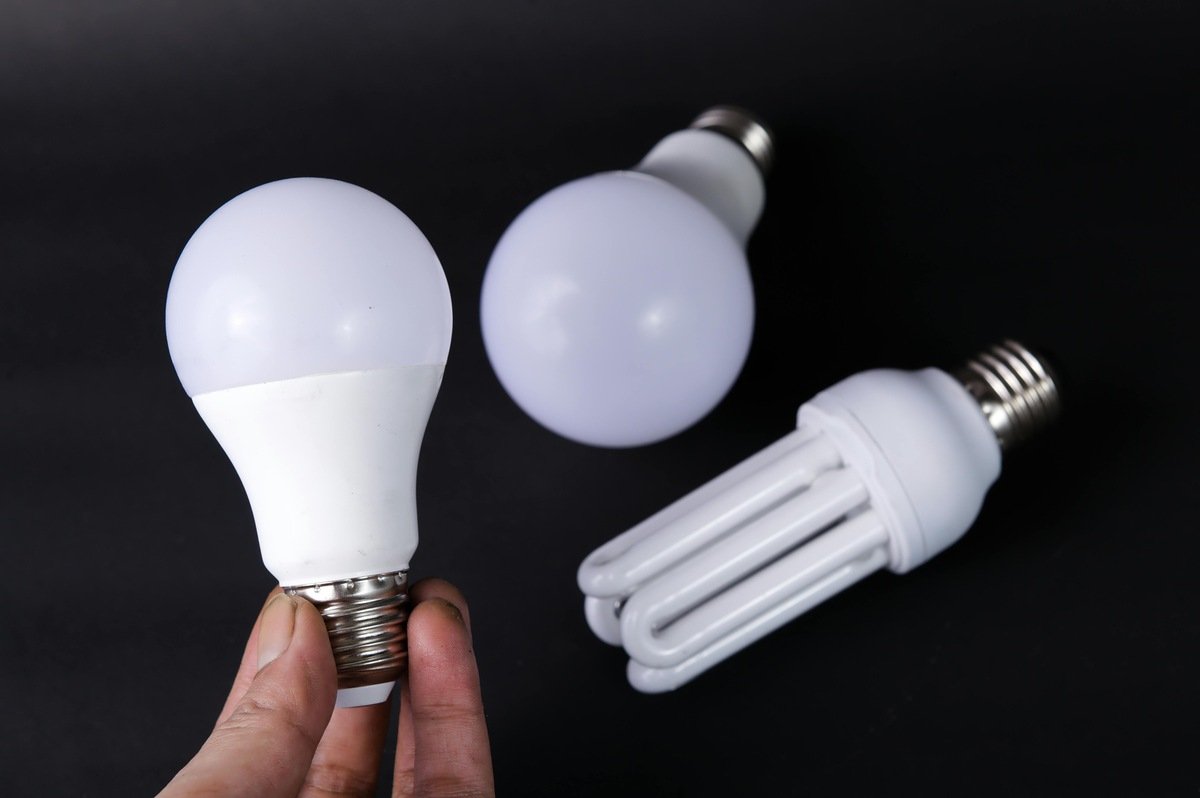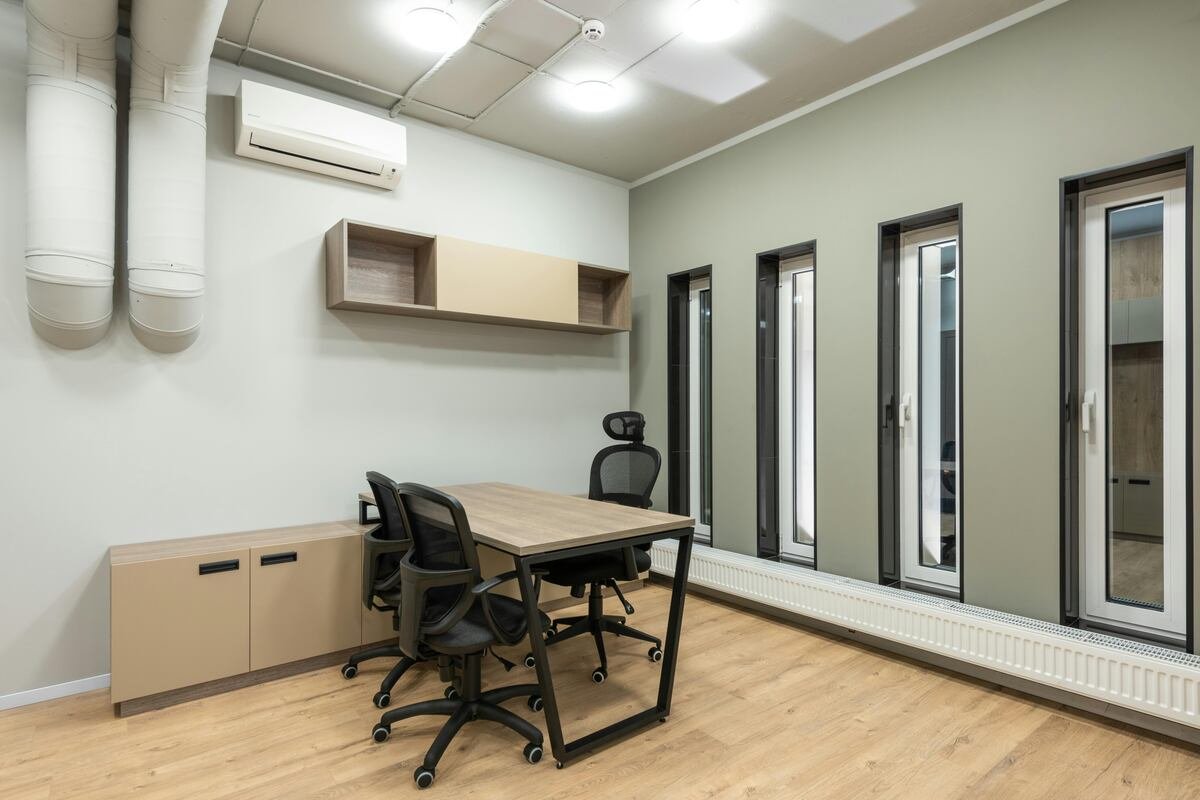In recent years, LED (Light Emitting Diode) technology has changed the way we light our homes and workplaces, offering cost-effective and long-lasting solutions. Whether you’re shopping for H11 LED bulb for your car, installing LED ceiling light in your home, or decorating your outdoor space with outdoor LED strip lights, choosing the right LED option is crucial for optimal lighting.
This guide will walk you through the important factors to consider when purchasing LED bulbs, ensuring you get the best value for your money while meeting your lighting needs.
Understanding LED Bulbs
LED lighting has become increasingly popular due to its energy efficiency, longevity, and versatility. Whether you’re selecting bulbs for functional lighting or enhancing your space’s ambiance, LEDs are an excellent choice. For instance, H11 LED bulb are highly preferred for automotive lighting, offering brighter illumination with lower energy consumption compared to traditional bulbs.
Additionally, LED ceiling light are ideal for general room lighting, while outdoor LED strip lights provide a creative solution for outdoor decoration, creating mood lighting for patios, gardens, and pathways.
With so many options available, it’s essential to know what factors to look at when selecting the perfect H11 LED bulb for your specific needs.
Factors to Consider When Buying LED Bulbs
- Brightness (Lumens vs. Wattage)
When choosing LED bulbs, it’s important to understand the difference between wattage and lumens. Traditional bulbs measured brightness by wattage, but with LED bulbs, wattage only indicates energy use, not brightness. Brightness is measured in lumens.
For example, an H11 LED bulb for car headlights may consume far fewer watts than halogen bulbs but still provide excellent brightness. Similarly, when selecting LED ceiling light, focus on the lumens to ensure you get the right level of brightness for your room. For outdoor setups like outdoor LED strip lights, higher lumens can create brighter, more vibrant lighting.
- Color Temperature
LED ceiling light come in different color temperatures, measured in Kelvin (K), which affects the look and feel of the light:
- Warm White (2700K – 3000K): This provides a cozy, yellowish glow, similar to traditional incandescent bulbs, making it ideal for living rooms or bedrooms.
- Cool White (3500K – 4100K): Offers bright, clear lighting, perfect for kitchens, bathrooms, or workspaces where you need focus.
- Daylight (5000K – 6500K): A bright, bluish-white light, best for work areas or outdoor lighting. Outdoor LED strip lights with a daylight temperature are great for lighting up patios or gardens at night.
For car owners, an H11 LED bulb with a cool white or daylight temperature will provide better visibility while driving at night.
- Dimmability
If you want control over the brightness in a room, check whether the H11 LED bulb you’re considering are dimmable. Not all LEDs have this feature, so look specifically for dimmable LED ceiling light or outdoor LED strip lights if you want the flexibility to adjust the lighting.
Make sure your dimmer switch is compatible with LED technology, as traditional dimmers may cause flickering or reduce the lifespan of the bulb.
- Shape and Base Type
LED bulbs come in various shapes and sizes, each designed for different fixtures. The standard A-shape bulb is great for general use in lamps or LED ceiling light. Candle bulbs work well in chandeliers, while floodlights are ideal for outdoor use. If you’re installing outdoor LED strip lights, they are typically designed for easy installation in outdoor spaces.
For automotive use, an LED bulb is designed specifically for headlights. Make sure to match the base type of the bulb with your fixture’s requirements to avoid any compatibility issues.
- Energy Efficiency and Lifespan
One on the biggest benefits of LED technology is its energy efficiency.H11 LED bulb use a fraction of the energy consumed by traditional incandescent bulbs, leading to significant savings on your electricity bills. Whether you’re buying LED ceiling for your home or outdoor LED strip lights, opting for LEDs ensures reduced energy consumption.
LED bulbs also have an impressive lifespan, often lasting up to 25,000 hours as more. This means fewer replacements and less maintenance over time, making them a smart long-term investment.
- Durability and Weather Resistance
For outdoor applications, durability is a key consideration. Outdoor LED strip should be waterproof or weather-resistant to withstand rain, wind, and temperature changes. These features ensure that the lights can last for years in outdoor conditions without issues.
Similarly, H11 LED bulb for vehicles are built to resist shocks and vibrations, making them ideal for rough driving conditions.
Conclusion
LED bulbs offer a range of benefits, from energy savings to long-lasting performance. Whether you’re upgrading to ceiling light for your home, installing outdoor LED strip for your backyard, or switching to LED bulb for your vehicle, choosing the right LED lighting solution ensures you get the perfect balance of brightness, energy efficiency, and durability.
By understanding factors such as lumens, color temperature, dimmability, and shape, you can make informed decisions that suit your lighting needs. LED technology continues to evolve, offering more innovative and energy-efficient solutions for every space.
Make your lighting choices wisely, and enjoy the benefits of LED bulbs—whether indoors, outdoors, or on the road.










